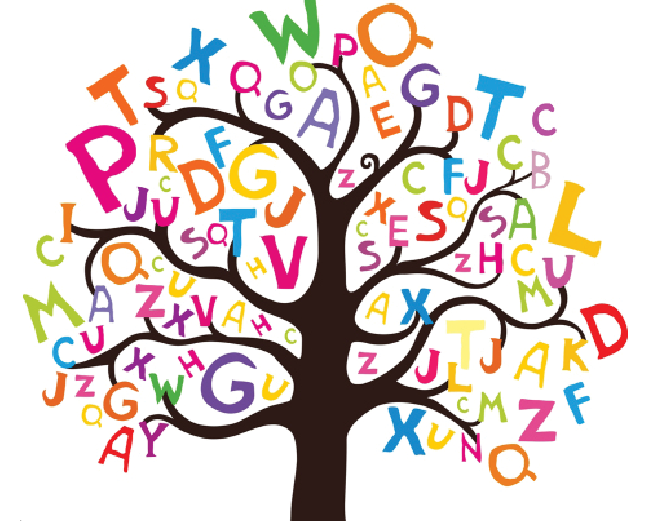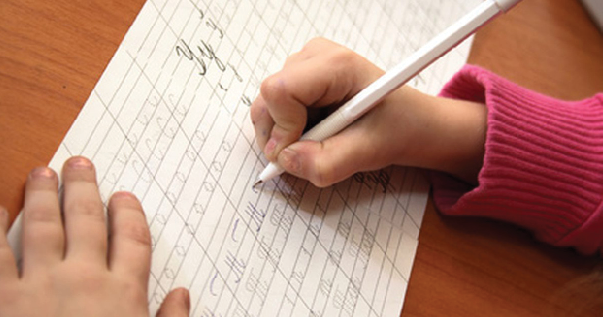
The shoulders droop, the faces fall and the smiles evaporate. The look of disappointment and disinterest spreads around the room. As a teacher and a parent, every time I used to ask my class or my own children to practise their spellings I was met with grunts of disapproval and complete disengagement. I’m not talking about learning new spelling rules, exploring the origins and roots of words, figuring out the most appropriate word to use to engage the reader in the story you’re writing, or identifying which is the most persuasive word to use in your letter about banning school uniform…all of these learning opportunities are highly engaging and can easily capture children’s imagination. I’m talking about the weekly spelling test and the practice that accompanies it.
There is a lot of discussion online around whether learning to spell is important or not, and if it is how to do it effectively. Some educational reformists suggest that focusing on spelling holds back the creative processes of writing, suggesting spelling just comes naturally through regular reading. However, reading specialist Susan Jones, argues that “spelling can and should be an integral part of language instruction for every student’ (1). “Learning to spell helps to cement the connection between the letters and their sounds, and learning high-frequency “sight-words” to mastery level improves both reading and writing’ (1). Spelling well is an essential life skill, even with computer spell checkers available (they cannot choose the correct word to use for you), and spelling is still assessed as part of KS2 SATs tests. “Literacy skills are interrelated, with reading, spelling and writing all influencing each other; if one aspect is neglected, then all suffer” (2). Clearly learning to spell is important, but some still argue that learning the rules and patterns through practising spelling is boring. “When students are practising in ways that are effective, and getting appropriate feedback and experiencing success, practice is not drudgery […] often it can be satisfying and even enjoyable, especially when technology is used creatively so students can use their strengths within individualised lessons” (1).
The question is how can we make learning and practising spelling ‘satisfying and enjoyable’? This article explores three strategies to engage and excite learners into wanting to practise and improve their spellings: playing with and understanding words; using all the senses to practise writing words and using the Spelling Whizz app to motivate and engage learners.
1. Playing with and understanding words to motivate learners
In his article in the TES in February 2017, Mitchell Hudson advocates a range of exploratory and practical strategies to help children to learn to spell (3). He argues that exploring the etymology of words can help pupils see the links between spellings. Knowing that ‘auto’ means ‘by itself’ will help children decode and spell words such as ‘autopilot’ and ‘automatic’. He points out that this knowledge can be applied when pupils encounter new words, helping them to spell them, as well as providing them with opportunities to create inventive new words and devise definitions for them. Mitchell also believes that engaging practically with words can be helpful, suggesting children “perform contraction surgery”, writing two words to be contracted such as ‘did’ and ‘not’ on a piece of paper and physically cutting out the letters to be omitted (in this case, the ‘o’ in ‘not’) and using tape to reconnect them, then finally adding the apostrophe.
Exploring words to see if pupils can find smaller words within them and using mnemonics can help with spelling too. Remembering that there is ‘a rat’ in the word ‘separate’, or thinking ‘I catch the bus to my business’ to help spell the word “business” can help (4). Knowing that necessary has ‘one collar and two sleeves’, that ‘stationery has an ‘e’ for envelopes’, or that you “hear with your ear” are all useful memory triggers for children to help them spell tricky words. ‘Knowing the history of English spelling and taking an interest in where words come from are two very important strategies. “[…] Plumber has a silent b in there because it comes from the Latin word ‘plumbum’ meaning lead piping used by plumbers [...] knock, knee, gnaw, gnat are all Viking (Old Norse) words, the ‘k’ and ‘g’ were pronounced but not now” (5).

2. Using all the senses to engage learners
Early years and nursery settings will be very familiar with the strategy of using all the senses to engage learners, but this can and should be extended up throughout the school. Imagine you have a carefully selected set of spellings to learn. The traditional approach would be to sit down and practise writing them using pen and paper lots of times until you had remembered them – not necessarily very ‘satisfying and enjoyable’. What if instead, you asked learners to take each of their spellings and paint them in giant letters on the fence or playground with paintbrushes (use water if the idea of using paint is bringing you out in a rash!) or marker pens or chalk on big pieces of paper? Children could use their fingers to trace out the words in sand trays, or use mini-whiteboards, scrabble pieces or foam letters (a great home learning in the bath task). How about visually representing each letter in a word with children forming the letters with their bodies in groups? Perhaps you could ask them to use cameras or audio recorders to film themselves chanting the letters or sounds in their words, or explaining memory tricks they have learnt for specific spellings. Maybe children could use alphabet spaghetti to practise writing their target spellings and then eat the ones they get right. Use scented markers and different colours for different parts of tricky to remember words.